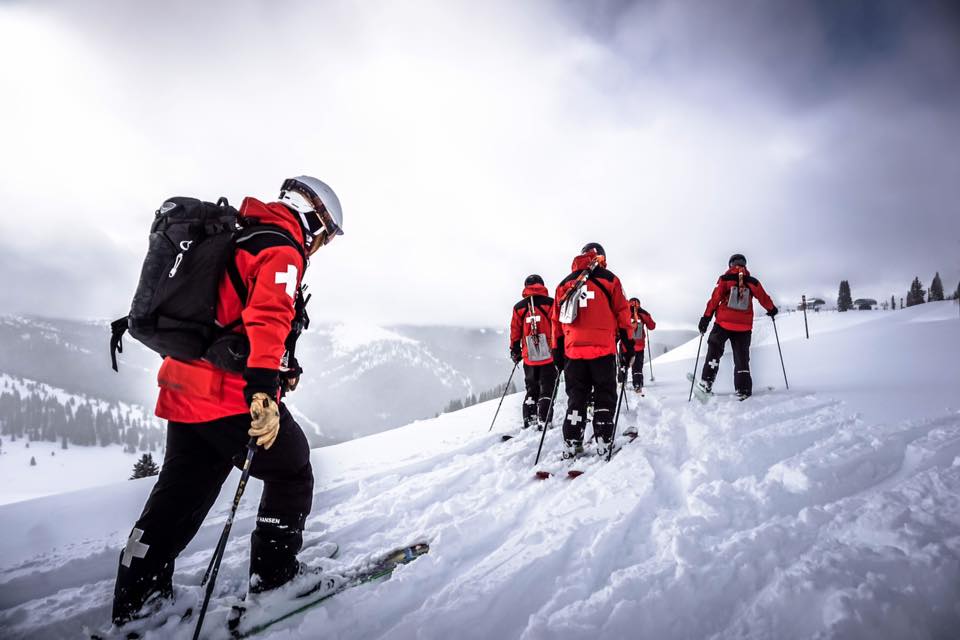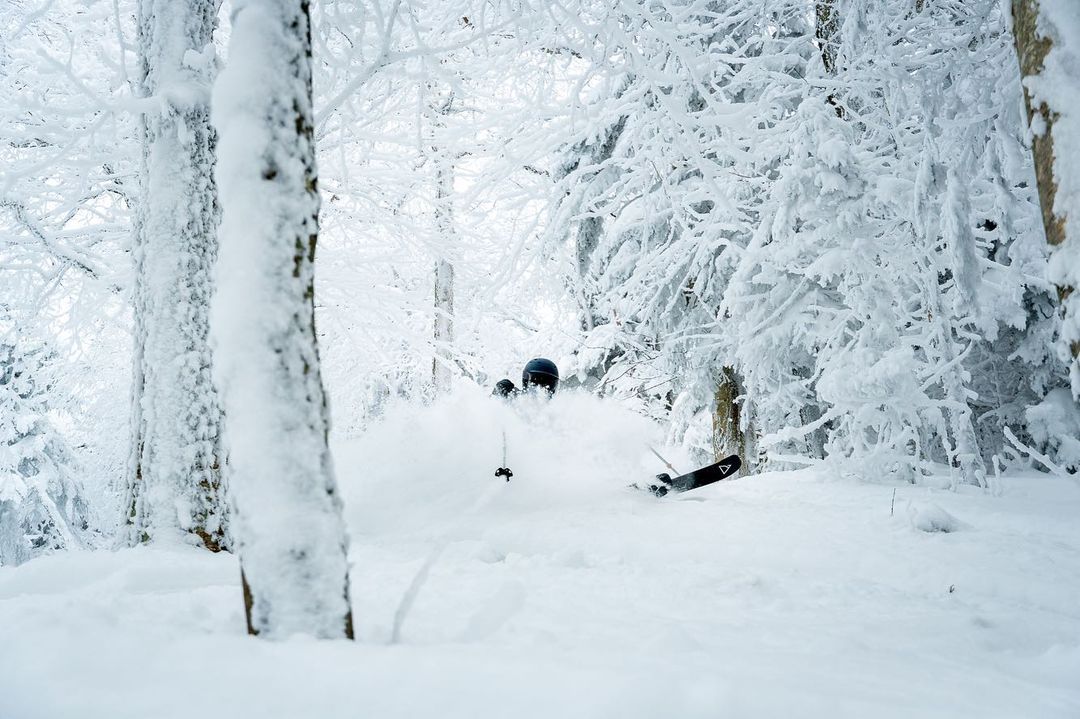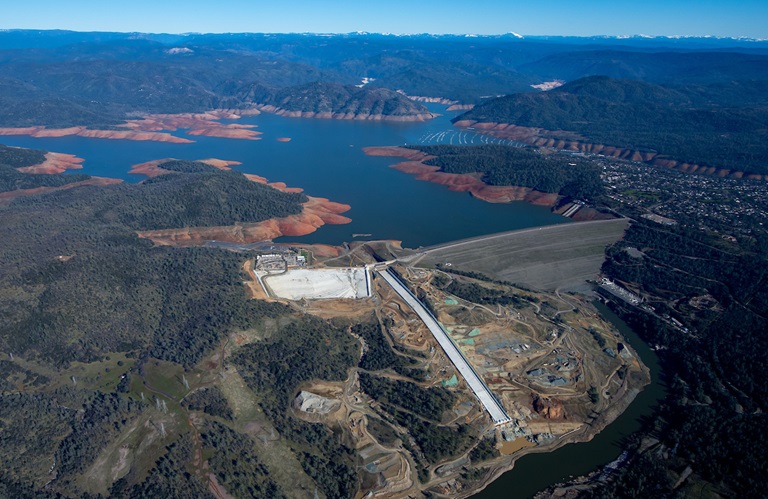
This article is a follow-up to a previous one published on Wednesday.
The American ski industry is getting a short-term breather.
President Donald Trump on Wednesday unexpectedly paused a sweeping round of import tariffs just hours after they officially took effect—giving the industry, and many of its European suppliers, a temporary reprieve. The 20% tariffs on goods from the European Union, initially set to go into full force on April 9, have been pushed back for 90 days, following what the president described as “constructive” new conversations with trade partners. China, however, remains subject to even steeper tariffs, now raised to 125%.
The move, announced first via social media and confirmed later by the White House, comes after a week of intense market volatility, political pressure, and industry outcry. For ski resort operators and equipment manufacturers across the U.S., it offers a momentary pause—but not a resolution.
Virtually all the key components that make a modern ski resort function—from chairlifts to snow groomers, from avalanche control systems to tuning machines—are imported from Europe. Austria, Switzerland, France, and Germany are home to the brands and factories that produce the vast majority of high-performance ski infrastructure. Even many consumer-facing products, like boots and skis, originate from EU-based companies. That means the entire supply chain for U.S. skiing is still on edge. Equipment already in transit is caught in limbo, pricing on upcoming projects remains uncertain, and the underlying issue—a push to restructure American trade policy—is far from resolved.
In the short term, the 90-day pause allows resorts, retailers, and manufacturers to adjust. Some may accelerate orders, while others hold off on spending to see how the situation evolves. But for an industry that plans capital investments years in advance, the temporary pause doesn’t offer much long-term comfort. There is the possibility that tariffs could return, increase, or shift again.
At the same time, ski resorts are still grappling with post-pandemic recovery costs, volatile weather patterns, rising insurance premiums, and inflation across labor and energy markets. The specter of rising import duties—whether now or three months from now—adds another layer of financial pressure. Smaller independent hills, in particular, may struggle to absorb these fluctuations. Many are already operating on thin margins. For them, higher costs on imported equipment or maintenance tools could mean pushing off essential upgrades, delaying lift replacements, or increasing prices for lift tickets and season passes.
The broader ski economy—spanning mountain towns, hospitality businesses, guiding services, and gear retailers—also stands to be affected. Any shift that increases costs for resorts or decreases visitor traffic can ripple outward into these communities, where seasonal employment and tourism dollars are vital. The administration’s pause does offer the ski industry a chance to regroup, however. Over the next 90 days, stakeholders will likely push for clearer exemptions or longer-term tariff relief for sectors like snow sports, which depend disproportionately on foreign-made infrastructure. Whether those conversations lead to permanent changes remains uncertain. For now, the price of skiing in the U.S. hasn’t jumped quite as suddenly as feared—but the countdown has started, and the industry is watching closely.




